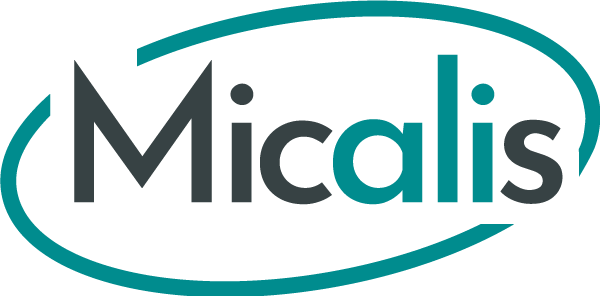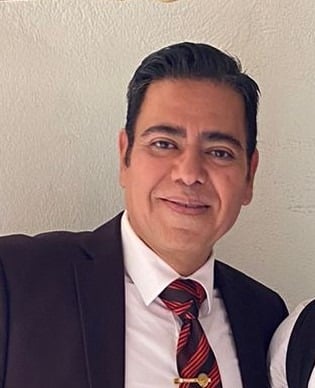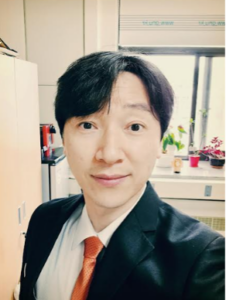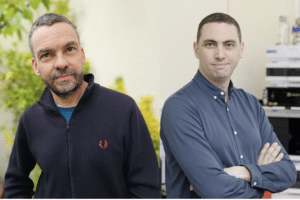The Phenomenon of Cellular Senescence in CancerIsaias Balderas Renteria
The relationship between cellular senescense and cancer is complex. Although senescense initially acts as an antitumor barrier, senescent cells can contribute to a pro-inflammatory and tumor-promoting microenvironment through the Senescence-Associated Secretory Phenotype (SASP). Considering that senescense can be induced in tumor environments and even enhanced by the aggressive chemotherapies administered to cancer patients, molecules that modify the SASP have been sought to seek to stop or reverse this harmful effect on the proliferative tissue environment. Our group has studied metformin as a possible candidate with proposals for pharmacotherapeutic repositioning. In the present work, a model of senescense induction in IMR90 fibroblast was validated to subsequently treat such cells with metformin as a possible senomorphic agent, collecting the secretome of the cells and subsequently applied to MCF-7 breast cancer cells to which gene expression pattern based on this variation, was evaluated.
Short bio
Isaías Balderas Renteria, is currently a full-time professor and was head of the Laboratory of Genetic Engineering and Genomics of the School of Chemical Sciences, up to 2016. Since 2016, he is Academic Deputy Director of the Pharmaceutical Biological Chemistry area of the School of Chemical Sciences. His PhD degree with a specialty in Biotechnology was obtained in 2000 working in the Liver Unit of the “J. E. González” University Hospital of Autonomous University of Nuevo León (UANL). He did a postdoctoral stay at the University Hospital of the Johannes Gutenberg University in Mainz, Germany from 2000 to 2003, developing transgenic murine models of chronic liver disease for the study of immunological factors involved in liver damage. In 2014, he obtained the award for professional excellence from the Professional Associations of UANL and has more than a dozen scientific awards and recognitions for his work in the field of chemical and biological sciences.
Laboratory of the speaker
Autonomous University of Nuevo Leone, Mexico , Chemistry Department
Invited by
Ph Gaudu & L. Bermudez




